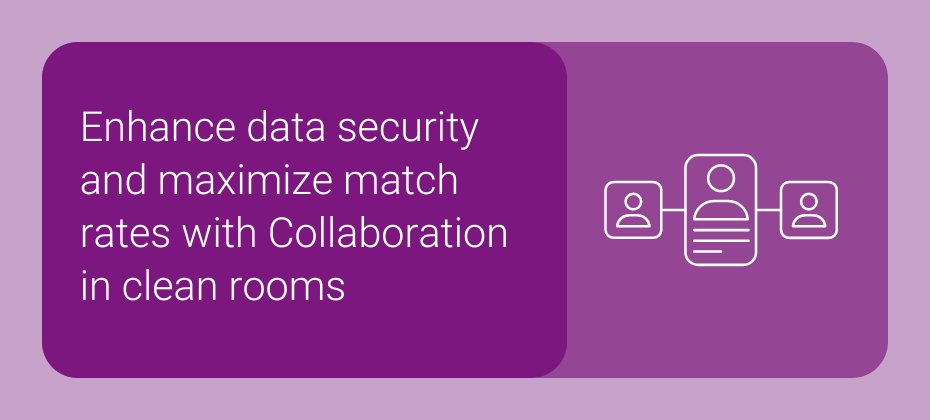
We are excited to announce that we’ve updated our CAPE data with 2020 Census data. This release updates estimates and projections from 2010 and replaces all previous CAPE data attributes.
U.S. Census data offers a great opportunity for data enrichment
The U.S. Census is conducted every 10 years to determine the number of people living in the U.S. in addition to collecting data on dozens of topics across 130+ surveys and programs.
U.S. Census data is already broken out into regional groups and covers 100k+ different geographies: States, counties, places, tribal areas, zip codes, and congressional districts.
Block groups are the smallest geographic area for which the Bureau of the Census collects and tabulates data. They are formed by streets, roads, railroads, streams, other bodies of water, and other visible physical and cultural features.
What is CAPE?
Census Area Projections & Estimates data (CAPE) data from Experian utilizes a proprietary methodology to make the data easy to action on for marketing use cases. Made from U.S Census and Experian consumer data, CAPE data sets are developed at the block group and zip code level and targetable at the household level.
CAPE 2020 updates
CAPE 2020 uses the 2020 Census data blended with other Experian data to update CAPE’s unique attributes for data enrichment and licensing. Multiple sources are used and data is delivered at a block group level or zip code. Experian provides unique CAPE attributes not available through other sources that provide Census data. These include our Ratio and Percentages attributes, Score Factors/Segments, and Mosaic.
CAPE 2020 use cases
Our CAPE 2020 data sets enable strategic marketing analysis and decision-making.
You can use CAPE 2020 data to understand the differences in the markets you serve as they relate to core demographics, housing attributes, education, income, employment, spending, and more. You can do this to:
- Find populations that are not typically captured in standard demographics.
- Cross-reference Census demographics data with other behavioral and shopper data.
- Understand supply and demand for products sold.
Get started with our CAPE 2020 data today
If you are using Experian’s CAPE 2010 data, please work with your Experian representative to migrate to CAPE 2020. If you are interested in learning more about our CAPE data, get in touch with us today.
Latest posts

Have you wondered how the shift toward real-time data is reshaping the way companies connect with consumers? Traditional methods of third-party data collection and…

It’s hard to believe, but it’s almost time again for marketers to begin their holiday campaign preparations. Leading up to these preparations, it’s important…

At Experian, we power data-driven advertising through connectivity. Today, we’re excited to introduce our newest offering, which helps drive that connectivity: Experian’s Collaboration in…